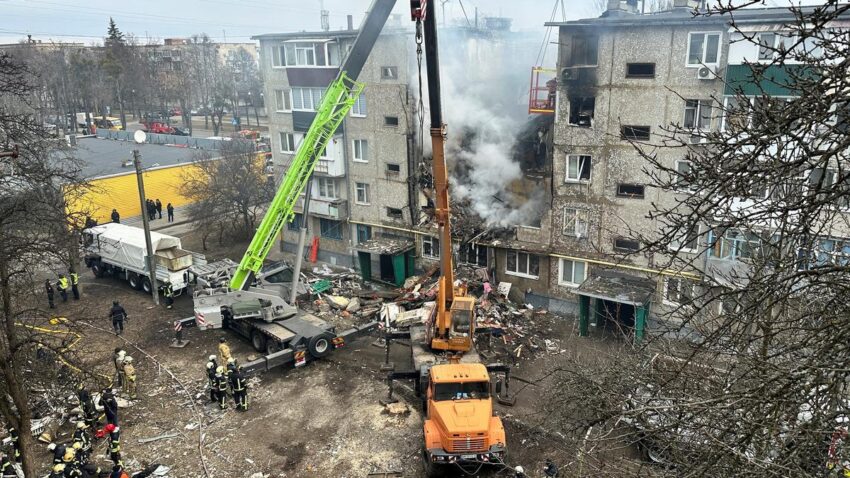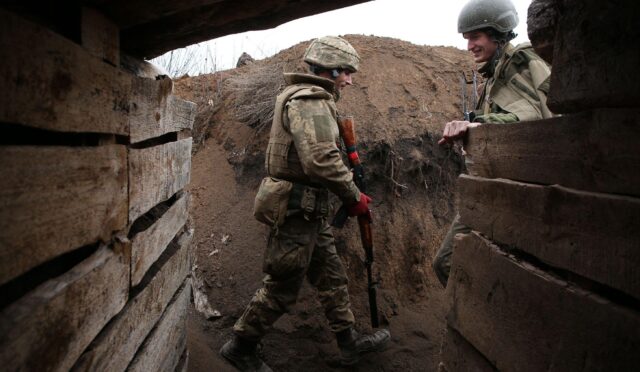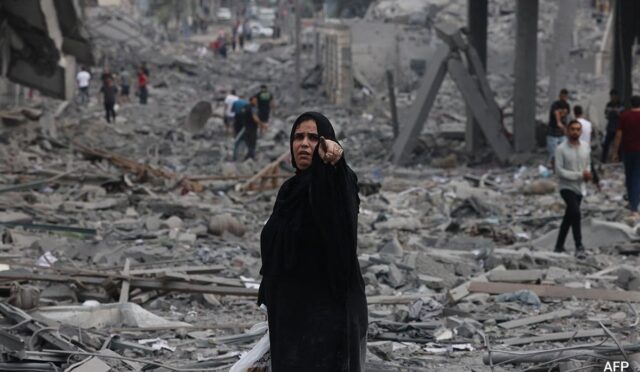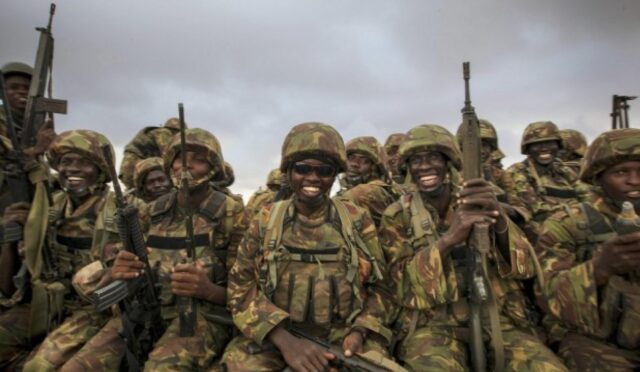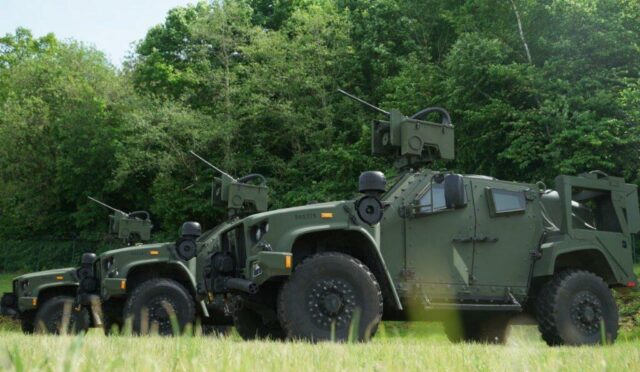Kharkiv Drone Strikes: A Tragic Update
Early Wednesday morning, the northeastern Ukrainian city of Kharkiv was struck by fresh Russian bombardments, resulting in the tragic loss of two lives and injuries to at least 60 individuals, including children. Local authorities reported that these attacks, which involved 17 enemy drone strikes, targeted two districts of the city, as the conflict in Ukraine continues with no sign of abating. Kharkiv’s Mayor, Igor Terekhov, confirmed the deaths of a 65-year-old man and a 47-year-old woman from the shelling, highlighting the grim toll of these ongoing assaults.
These brutal strikes come amid intensified hostilities as Russia refuses to consider an unconditional ceasefire, despite international calls for peace, including from U.S. President Donald Trump. Simultaneously, Ukrainian forces have retaliated with their own strikes deep within Russian territory. Ukrainian President Volodymyr Zelensky has urged Western allies to take decisive action against Russia, emphasizing the need for concrete support from the U.S. and Europe.
Escalation of Attacks and Ongoing Conflict
The recent bombardment of Kharkiv follows a deadly attack over the weekend, which Terekhov described as the city’s most powerful assault since the outbreak of war. On that occasion, four fatalities were reported, alongside over 50 injuries, with numerous residential buildings damaged by guided bomb strikes. This pattern of escalating violence signals a troubling trend in the conflict, particularly for residents near the Russian border.
Additionally, the southern port city of Odesa was also targeted in a separate attack, with Ukrainian emergency services reporting damage to summer houses and civilian vessels. Fortunately, no casualties were noted in this particular incident, but the relentless nature of these assaults underscores the precarious situation civilians face in conflict zones across Ukraine.
Prisoner Exchange Amidst Hostilities
In a somewhat positive development amidst the turmoil, Ukraine and Russia successfully exchanged over 1,000 prisoners of war this week. This operation saw the transfer of captured soldiers back to their respective sides, including those under the age of 25 and individuals suffering from severe health issues. This exchange marks a critical humanitarian effort, although details on the exact number of involved soldiers remain unclear.
Despite these exchanges, President Zelensky has expressed frustration with ongoing talks, criticizing the Russian delegation as unproductive. He referred to them as ’empty heads’, indicating a lack of progress toward a potential ceasefire. As tensions remain high, both nations continue to dig in their heels, complicating the prospect for a peaceful resolution.
Russia’s Demands and Ukraine’s Response
As the conflict continues, Russia has firmly positioned itself by demanding that Ukraine cede control of territories it claims to have annexed, alongside a renunciation of any NATO membership aspirations. Moscow’s refusal to accept a proposed 30-day unconditional ceasefire has raised alarms about the likelihood of de-escalation, with Russian officials expressing concerns that it would allow Ukrainian forces to rearm.
On the other hand, Ukraine is steadfast in its demands for a full withdrawal of Russian troops and robust security guarantees from Western allies. This steadfastness highlights the complex dynamics at play in the negotiations and sheds light on the diverse goals each side hopes to achieve in these ongoing talks.
